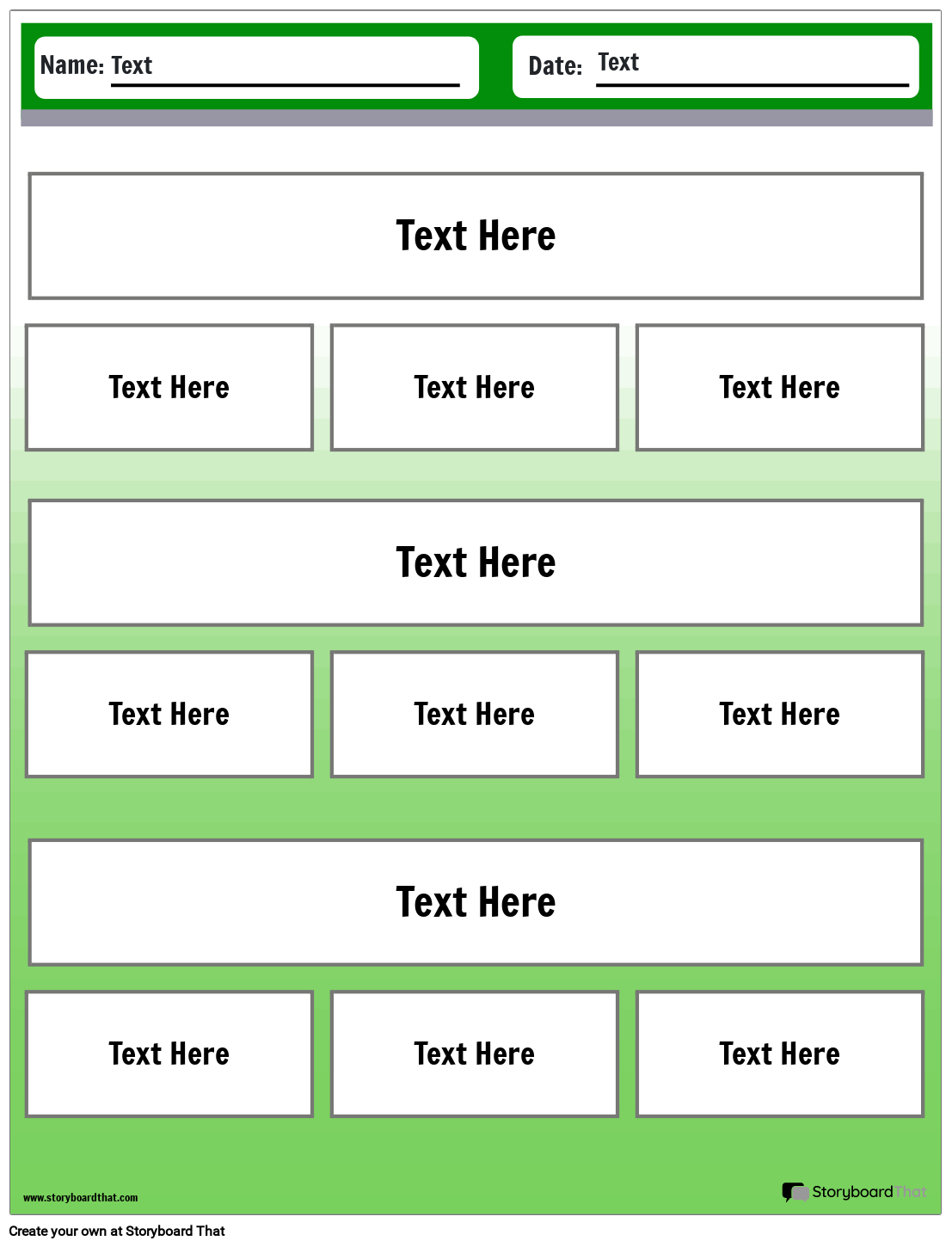

In the realm of effective writing, the power of transition words cannot be overlooked. These linguistic tools seamlessly connect ideas, provide coherence, and elevate the quality of students' writing.
Transition words establish connections and relationships between different parts of a text, guiding the reader through the logical flow of thoughts. They signal shifts in thought, indicate relationships between sentences, expressions, and paragraphs, and enhance clarity and organization in what we write. Common examples include "however," "in addition," "therefore," "finally", "for instance", "similarly", and "for example." Transition words are essential for effective communication and writing, improving the coherence and flow of information in a text.
Teaching transition words is fundamental to nurturing students' writing skills. A word or a phrase can act as a bridge between sentences and paragraphs, facilitating smooth transitions and guiding readers through the logical flow of ideas. By instilling an understanding of different transition words and their appropriate usage, educators equip children with a powerful tool to effectively express their thoughts. This not only enhances the clarity and coherence of their writing but also cultivates their ability to complete and connect ideas.
Transition words come in various forms, each serving a unique purpose in writing. Common transition words include "however," "moreover," "therefore," and "in addition." These words and phrases fall into several categories, such as addition, contrast, cause and effect, time, comparison, and conclusion. By incorporating a wide range of transition words, students can express complex relationships between ideas, illustrate examples, establish contrasts, and conclude their thoughts effectively. A multifaceted understanding of transition words empowers students to craft compelling essays and narratives.
Transition words worksheets offer a multitude of benefits in the classroom setting. Firstly, they facilitate a comprehensive understanding of transition words by providing targeted practice and reinforcement. Free transition words worksheets can be easily accessed online, catering to the diverse needs of students. Utilizing worksheets, such as transition words fill-in-the-blank worksheets or transition words worksheets for kids, enables students to apply their knowledge in practical exercises. These worksheets engage students actively, deepening their comprehension and fostering mastery of transition words.
Teaching transition words requires a systematic approach to ensure effective learning. Educators can begin by introducing the concept of transition words, highlighting their role in connecting ideas. Providing transition words examples and discussing their usage in different contexts cultivates students' understanding. Interactive activities, such as group discussions or writing exercises, encourage students to apply transition words to their own writing. By integrating transition words worksheets into the curriculum, teachers provide valuable opportunities for students to practice and reinforce their skills.
To maximize the impact of transition words worksheets, educators can implement various strategies in the classroom. By focusing on cause-and-effect relationships, teachers can guide students to recognize how transition words establish connections between ideas. Offering timely feedback and assessment on completed worksheets enables students to gauge their progress and make necessary improvements. Incorporating transitional words into writing prompts or essay assignments encourages students to apply their knowledge in real-world scenarios. Additionally, providing differentiated worksheets tailored to individual student needs ensures a personalized learning experience that fosters growth and development.
By following these steps, you can create a concise and effective transition words and phrases worksheet that helps students understand and use transition words in their essays and other written work.